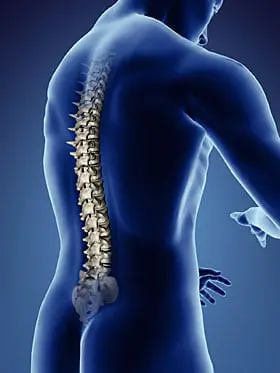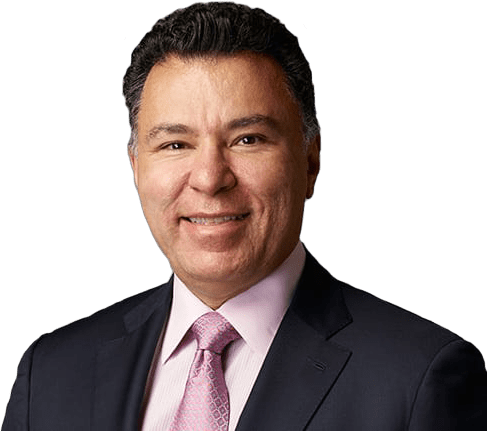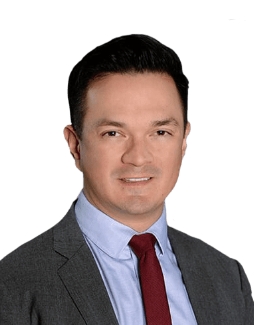ALEXANDRE B. DE MOURA, M.D., FAAOS
Cervical, Lumbar, Adult & Pediatric Scoliosis and Spinal Deformity Specialist

 NEW YORK CITY & LONG ISLAND’S TOP DOCTORSFOR PEDIATRIC SCOLIOSIS
NEW YORK CITY & LONG ISLAND’S TOP DOCTORSFOR PEDIATRIC SCOLIOSISPediatric scoliosis is a medical condition wherein a side to side curvature of the spine is present, unlike the natural front to back curves. Treatment for pediatric scoliosis is generally routine monitoring by a doctor, but in some rare cases, where the scoliosis is severe, bracing or surgical intervention may be required. The NYSI has offices located throughout New York City, Long Island, White Plains and Newburgh, NY where our spine specialists can perform tests and diagnoses and provide appropriate treatment options. Call for your free consultation today.
Our back and neck doctors provide customized treatment options to meet the individual needs of all our patients. From physical therapy and pain management to advanced spinal procedures and surgeries, we handle it all.
Led by our medical director, Alexandre B. de Moura, M.D., FAAOS, our team of spine doctors here at NYSI, with their decades of experience, have been recognized as industry leaders in the treatment of complex spine disorders.
Our multilingual speaking staff here at the NYSI speaks English, Portuguese, French, Italian, German, Russian and Spanish, and we strive to provide pediatric scoliosis treatment services to patients across the globe.

Cervical, Lumbar, Adult & Pediatric Scoliosis and Spinal Deformity Specialist
Pediatric scoliosis can be diagnosed by our spine specialists who will gather a history of your child and perform a thorough physical examination. There are a number of tests a child may need to undergo including:
Common symptoms of scoliosis, all of which can present a bit differently in one child from another, include:
A spine specialist will perform a thorough physical exam and x-rays to determine whether or not a child is affected by scoliosis and how severe it is. Again, in some cases, a child may need further tests, including an MRI or CT scan to diagnose the type and degree of the scoliosis. Visit our New York Spine Specialists for a imaging services, diagnosis and proper treatment options.

Cervical, Lumbar, Adult & Pediatric Scoliosis and Spinal Deformity Specialist
Pediatric scoliosis occurs closer to the age of puberty with symptoms that include abnormal appearance of the trunk, difficulty breathing and chest or back pains. The condition does not normally induce significant pain or other serious health-related issues, and tends to stay the same once a child stops growing.
There are three primary types of scoliosis: idiopathic, congenital, and neuromuscular scoliosis. Idiopathic is the most common. Though its cause is unknown, since it runs in families, it has a genetic basis and can be subclassified as infantile, juvenile, adolescent or adult. Congenital scoliosis is a rather rare spine abnormality that is normally detected at birth and neuromuscular develops as a secondary symptom of other conditions such as spina bifida, cerebral palsy, muscular dystrophy or physical trauma.

Cervical, Lumbar, Adult & Pediatric Scoliosis and Spinal Deformity Specialist t
Finding pediatric scoliosis early on is critical to prescribing effective treatment options.* If the condition is left untreated, it can potentially cause additional health problems including issues with heart and lung function. Proper treatment of a child affected by pediatric scoliosis will be dependent upon the child’s symptoms, age, general health and the severity of the condition.
The primary goal of pediatric scoliosis treatment is to stop the existing curve from getting worse and to prevent deformity. Treatment options may include:
To sum it up, no matter the type of scoliosis, early diagnosis is critical. Treatments rendered are dependent upon the specific type of scoliosis, how much growth time still remains for a child, the overall degree of the existing deformity and the doctor’s anticipated progression of the scoliosis.
*The effectiveness of diagnosis and treatment will vary by patient and condition. New York Spine Institute does not guarantee certain results.